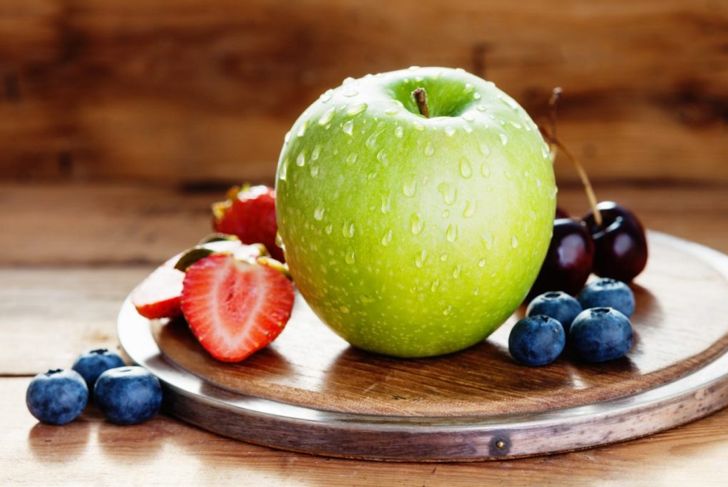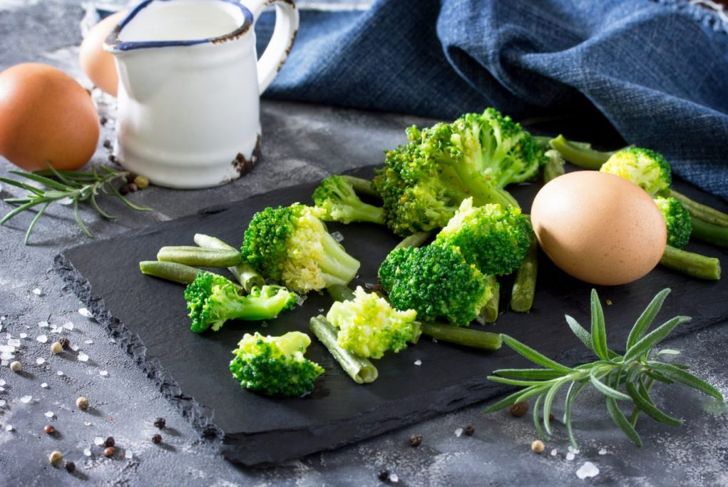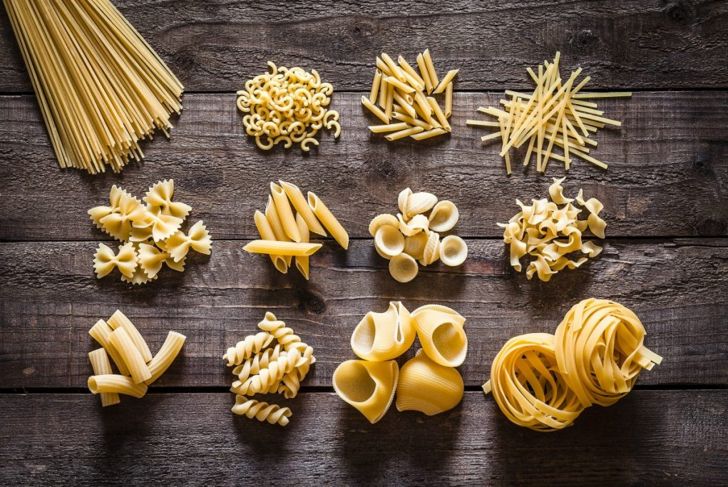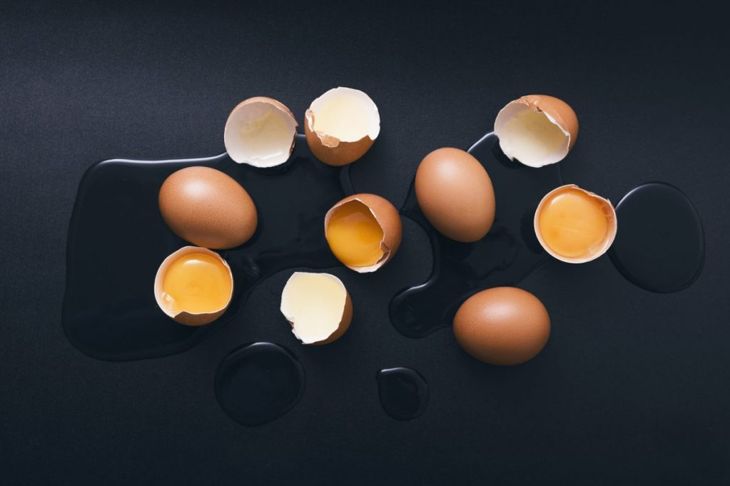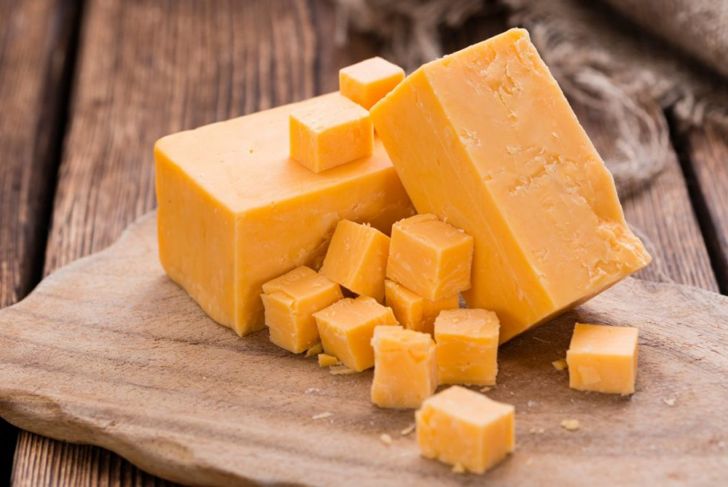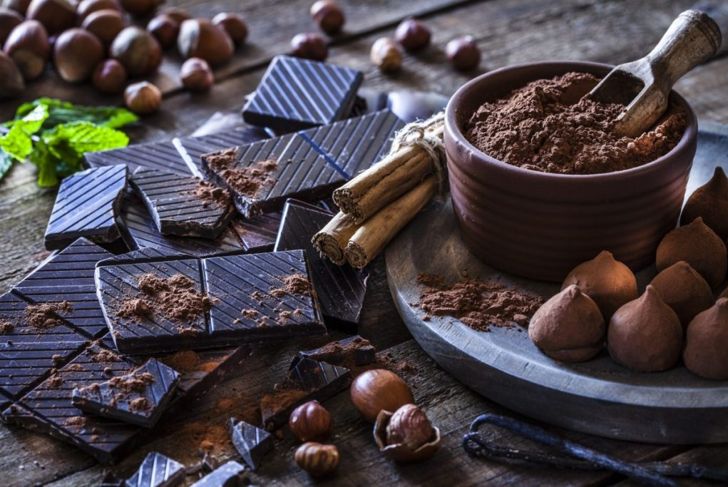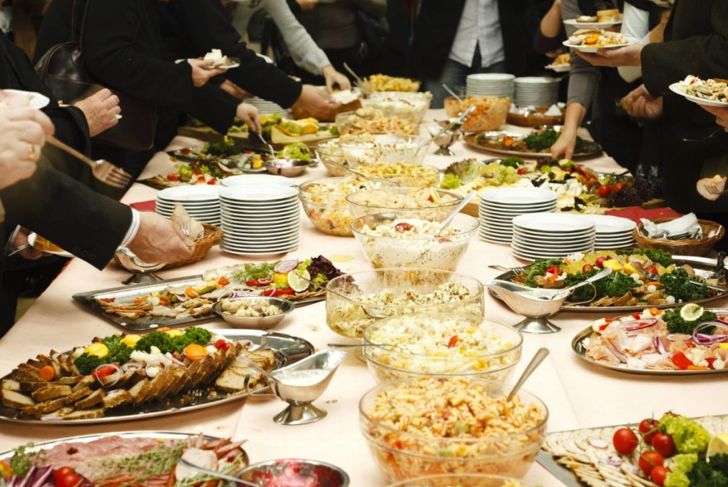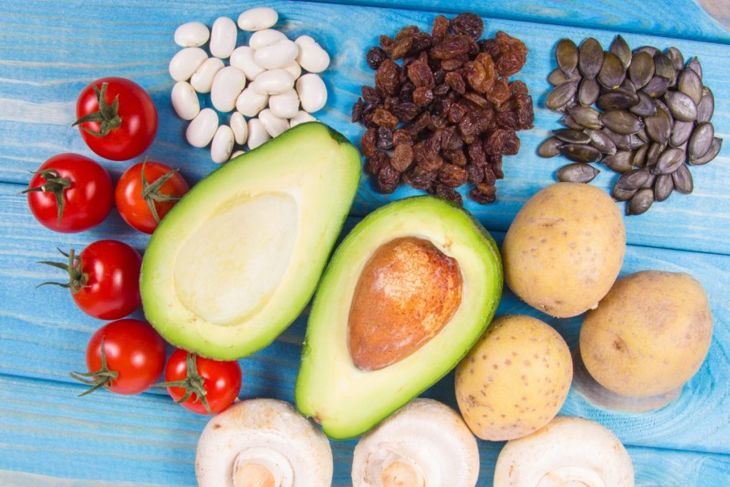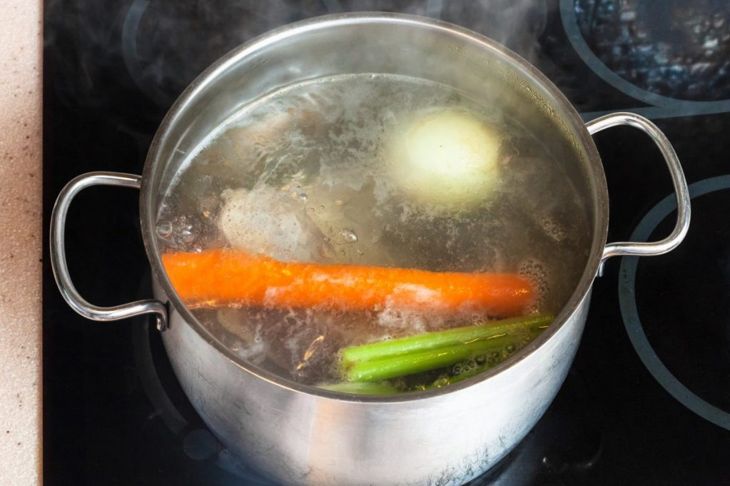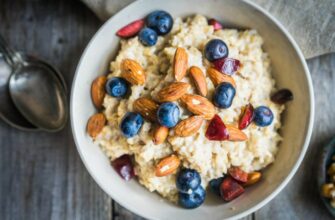For the average person, consuming foods high in potassium provides a wealth of benefits, from the relief of cramps to improved electrolyte balance. However, people with chronic kidney disease do not eliminate potassium properly and can experience unpleasant symptoms if they consume too much of the mineral. These symptoms include numbness and tingling, difficulty breathing, palpitations, and irregular heartbeat. In such cases, doctors often recommend a low-potassium diet.
Low Potassium Defined
Potassium is measured in milligrams. A normal, healthy person should consume 3500 to 4700mg of potassium per day through their diet. For those on a low-potassium diet, experts recommend 2000mg or less per day. Foods with more than 200mg per portion are considered high in potassium; patients with renal failure or other kidney problems must consume foods much lower in the mineral.
Fruits with Low Potassium
Blueberries contain only a small amount of potassium, around 57 mg in half a cup. They also have antioxidants to protect the body from the harmful effects of free radicals, which can lead to cancer. Apples have a higher amount of potassium (about 195mg in a medium apple with skin) but are still considered a low-potassium fruit.
Vegetables with Low Potassium
Vegetables are full of vitamins and minerals that benefit the body. Many are also a great option for people who must limit their potassium. Veggies like broccoli and cabbage are low in calories. Green beans provide calcium and vitamin C, both of which help the immune system. All of these vegetables have fewer than 200mg of potassium per serving.
Pasta for Versatility
Those on a low-carb diet might not see the value in pasta, but noodles are both filling and flexible for people limiting potassium. One 100g serving has only 44mg of potassium, making pasta one of the lowest potassium foods available. Its versatility makes it easy to keep meals interesting, as people can add a range of other low-potassium and low-sodium foods to make well-rounded meals.
Eggs for Variety
Eggs make an excellent addition to most diets and are considered superfoods for their many benefits. They raise good cholesterol, increase testosterone levels, and provide a complete repertoire of essential amino acids. Eggs are also a good source of protein and support healing and muscle growth. They are high in choline, too, depletion of which can lead to conditions like liver disease. One egg contains about 125 mg of potassium.
Cheddar Cheese
Most cheeses are not good for people on a low-potassium diet, but cheddar cheese is one exception. With only 22mg of potassium in each one ounce serving, it is one of the best options for those who need to limit their potassium and is a good source of calcium too. Cheddar cheese is also high in protein and phosphorous; these nutrients help with cell repair and contribute to bone health.
The Sweet Side of Low Potassium
A one-ounce serving of dark chocolate that’s 70 percent cacao or greater contains about 160mg of potassium; it also has epicatechin, which is good for the brain and the muscles. Almond milk has only about 167mg of potassium per cup, as opposed to whole cow’s milk, which contains 322mg per cup. Healthy oils used in moderation can also spruce up meals. Flaxseed oil is most popular on a low-potassium diet, as it has none of the minerals.
How Low Potassium Foods Turn into Too Much
Patients required to follow a low-potassium diet have to be vigilant about what they eat. Not only that, they must measure how much of their favorite low-potassium foods they eat. Eating three servings of a food low in potassium negates the benefits of choosing that food in the first place. Combining two or three low-potassium ingredients can turn a healthy meal into one that contains too much potassium.
Avoid These High-Potassium Foods
People on a low-potassium diet have to avoid foods that contain more than 200mg of potassium per serving. Most people are aware of the high-potassium content in bananas; other fruits to avoid include prunes, papaya, honeydew, and cantaloupe. One cup of diced tomatoes has more than 400mg of potassium and a cup of tomato juice contains more than 500mg of potassium. Avocados, sweet potatoes, white potatoes, and most beans are also high in potassium.
How to Minimize Potassium Content
In some cases, cooking methods can pull some of the potassium from otherwise high-potassium foods. This applies to vegetables such as potatoes, carrots, beets, and some squash varieties. First, peel the vegetable and place it in cold water. Cut it into 1/8 inch slices, then rinse it in warm water. Soak the vegetable in warm water for at least two hours. Make sure to use at least ten times the amount of water in vegetables, then cook it with five times the amount of water in vegetables. Individuals should limit the amount of high-potassium foods by only using this leaching process occasionally.

 Home
Home Health
Health Diet & Nutrition
Diet & Nutrition Living Well
Living Well More
More
